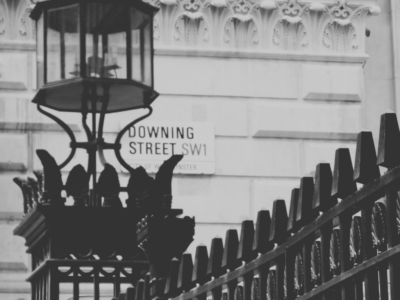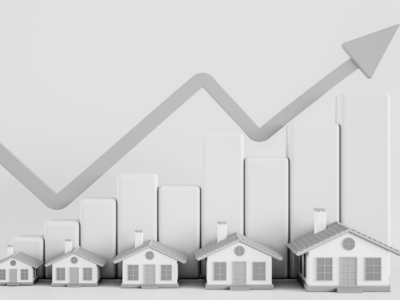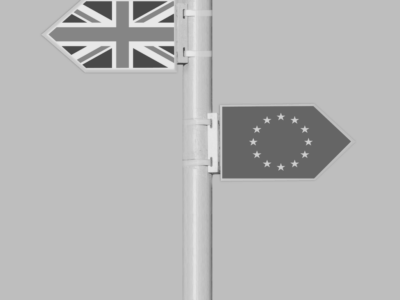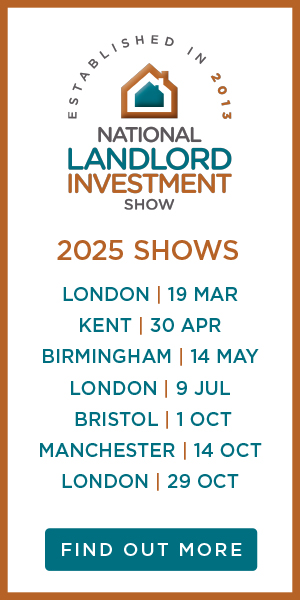While the North-South house price divide remains considerable, the gap has started to close, driven by higher rates of house price growth seen across the North during the pandemic property market boom, as well as growing market sentiment as a result of the government’s announcement of the Levelling Up Fund, according to new research.
Analysis was conducted on the divide based on the far higher house prices found across the southern regions of London, the South East, South West and East of England, versus the much more affordable cost of property found across the West and East Midlands, North West, North East, Yorkshire and the Humber, Wales, Scotland and Northern Ireland.
The research shows that there remains a clear divide, with the average house price across the South currently sitting at £404,869. What’s more, every region south of the divide is home to an average house price north of £300,000.
In contrast, the average house price across the North is currently £209,404, with the West Midlands home to the highest average house price at £256,937.
Based on these property market parameters, the research by eXp UK shows that the North-South divide in property values remains a notable 93.3%.
After adjusting historic house price data for inflation, the research also shows that this gap has widened from 79% a decade ago (2012).
However, the gap has started to close, albeit marginally. Since November 2020 when the government first announced plans to launch the Levelling Up Fund, and when the property market was benefitting from a pandemic house price boom, the North-South house price divide had climbed to 97%.
Since then, house prices in the North have increased by an average of 8% after adjusting for inflation, driven by the North West (+11%) and Wales (10%).
In comparison, house price growth across the south has averaged 6%, with the South West seeing the highest rate of growth at 10%, while London trails within the south with a -2% decline.
This stronger performance across the North has reduced the gap from 97% to 93.3% over the last two years.
Adam Day, Head of eXp UK, the independent estate agent platform responsive for the research, commented:
“It remains a tale of two markets across the UK property sector, with the South remaining the dominant force in terms of overall house price pedigree, while the North has enjoyed a stronger performance of late where house price appreciation is concerned.
There’s no doubt that a heightened level of pandemic property market activity has helped drive market performance in the North, but the government’s plans to boost economic prosperity in northern regions via the launch of the Levelling Up Fund has also contributed to a more buoyant degree of market sentiment.
While it’s still very early days in terms of money actually spent, the ongoing regeneration and investment of the North should help to further close the North-South divide going forward. Although with the gap remaining vast, it’s unlikely to tip the scales completely in the opposite direction.”
| The South | ||||
| Location | Average HP – Nov 2012 (Inflation Adjusted) | Average HP – Nov 2020 (Inflation Adjusted) | Current Average House Price – Nov 2022 | Change % |
|---|---|---|---|---|
| East of England | £257,204 | £335,834 | £365,144 | 9% |
| London | £406,948 | £553,514 | £542,311 | -2% |
| South East | £296,187 | £376,885 | £402,466 | 7% |
| South West | £252,481 | £305,772 | £337,144 | 10% |
| The South | £297,442 | £382,573 | £404,869 | 6% |
| The North | ||||
| Location | Average HP – Nov 2012 (Inflation Adjusted) | Average HP – Nov 2020 (Inflation Adjusted) | Current Average House Price – Nov 2022 | Change % |
|---|---|---|---|---|
| East Midlands | £184,008 | £231,740 | £253,498 | 9% |
| North East | £154,023 | £153,734 | £162,596 | 6% |
| North West | £170,041 | £199,888 | £221,224 | 11% |
| Northern Ireland | £131,429 | £165,057 | £176,131 | 7% |
| Scotland | £162,449 | £183,588 | £191,492 | 4% |
| Wales | £169,421 | £199,507 | £220,366 | 10% |
| West Midlands | £193,869 | £235,426 | £256,937 | 9% |
| Yorkshire and The Humber | £171,842 | £199,384 | £212,329 | 6% |
| The North | £166,149 | £194,175 | £209,404 | 8% |
– House price data sourced from the Gov – UK House Price Index (November 2022 – latest available)
– Year on year look based on November house price data for each year and also to coincide with the government’s announcement of the Levelling Up Fund in November 2020.
– Historic house price data adjusted for inflation based on historic inflation rates from the Bank of England






















Comments